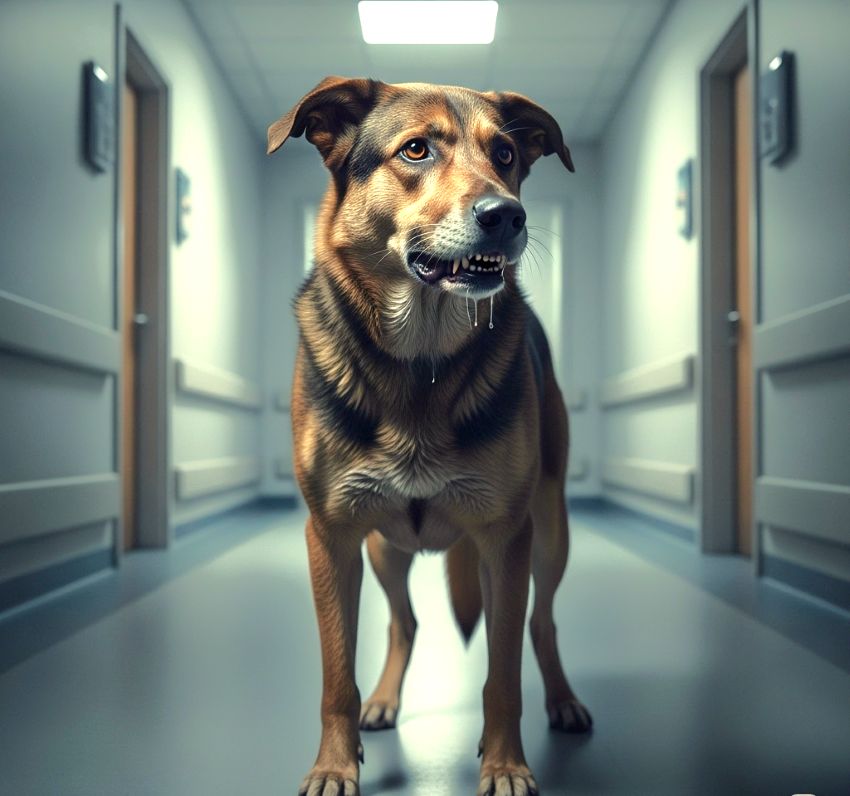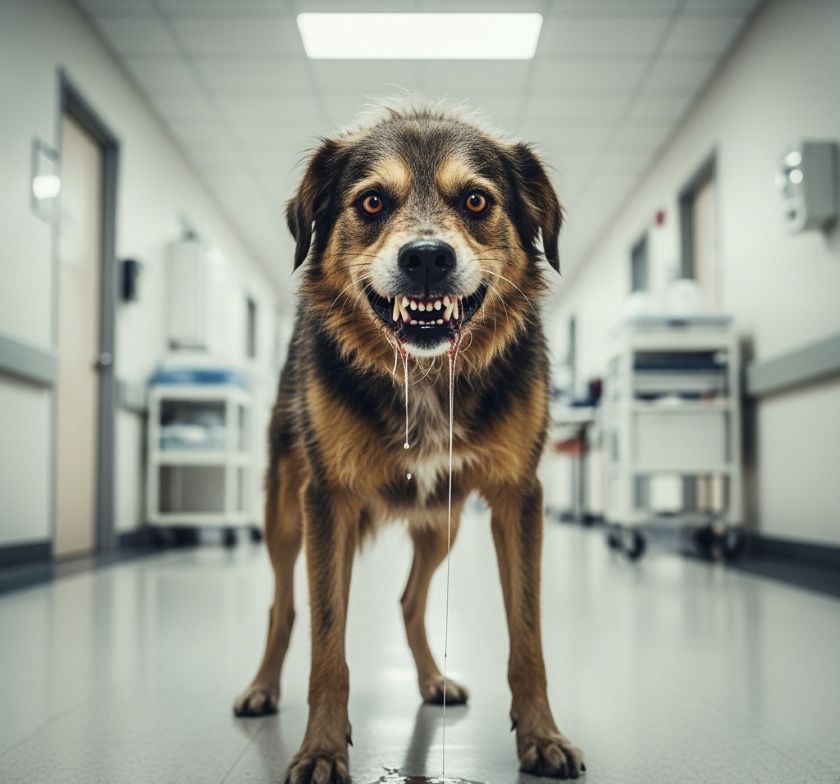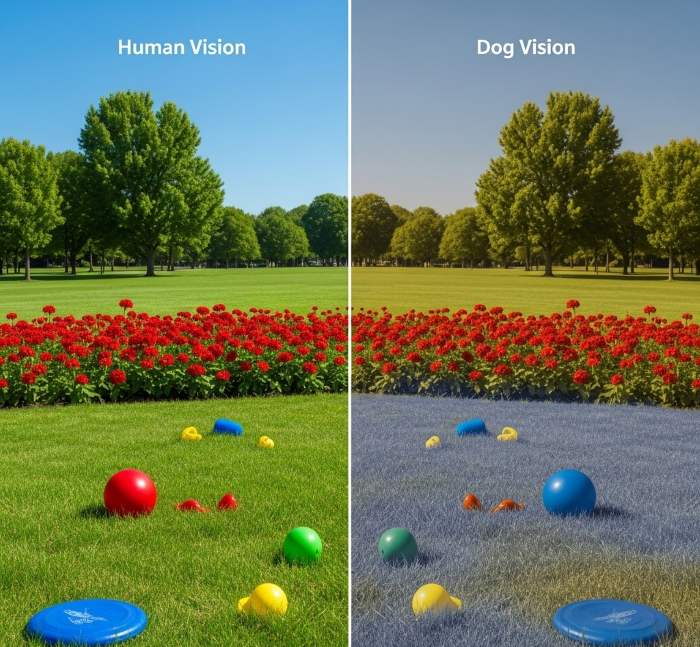What is rabies ?
Rabies is a health deteriorating disease which in many cases becomes incurable if left untreated for a period of time. A contagious illness which can travel from the one infected with it to the to the other healthy one, whether it is animal or humans.
The fact that this sickness is transmissible is what haunts our canine friends and us humans. A serious illness which is potentially life threatening and spreads by the saliva entered into the body from the bite of an infected animal and progresses to critical complications.
What causes rabies in dogs ?
Rabies in dogs can be caused due to different reasons and can display unfavorable and adverse signs hazardous for dog's overall health. Moreover on general basis, rabies is caused by the saliva of an affected animal.
If the dog is bitten by a contaminated animal maybe it could be a stray dog or dog that has not received vaccine shots or possibly bite from animals such as cats, foxes, raccoons, skunks, bats if they are a carrier of the virus.
However it should be remembered that biting is always not the main source of transmission. On some rare occasion, it is seen that this virus could enter the body via open exposed cuts or injuries, hence giving opportunities to already compromised animals, to lick and pass on the disease.
Symptoms of rabies ?
Virus can show differing symptoms particularly affecting the central nervous system. Rabies can be determined when following indications are shown from the infected one.
• Fevers and headaches.
• Difficulty in drinking water (Hydrophobia).
• Feeling very uneasy, anxious and exhausted.
• Excessive dribbling of saliva.
• Confusion or cluelessness of what's happening around.
• Excessive vomiting.
• Day dreaming or hallucinations.
• Lack of sleep or sleep deprivation.

What are the steps taken to prevent rabies ?
Rabies is a fatal infection and should be given utmost consideration to prevent. In order to limit the risk, we should be cautious about the extremity of sickness this disease could bring. We do know that, prevention is better than cure, its better to take necessary actions at the first place to restrict something unwanted from being happened.
• Making public aware on rabies, by spreading information on social media platform, arranging interactive sessions and vet events.
• Vaccination should be given on routine basis to our dogs.
• Don't let your dog wonder around outside freely, as they may come across contaminated animals.
• Keep unvaccinated stray and wild animals away from your dogs.
• Conducting and making provisions for mass immunization programs, through vaccination of our pets.
• Keep a close check that your dog must not encounter a fox, raccoon, skunk or bat as they could be potential carriers.
• Report cases to the local administration, if you see an animal or pet showing any unusual illness, excessive drooling or indications of over aggression.
Is rabies infection treatable ?
It should be made clear that rabies is 100% curative, only when the vaccination is given timely. It's best advised to rush for medical assistance as soon as a bite takes place and take a sequence of anti rabies shots. But once the virus spreads all over and clinical signs starts to exhibit, its too late and the condition has reached to an uncertain level.
Virus has rapidly multiplied and advanced to the nervous system thus impacting overall body function. The chances of recovery are close to impossible as the condition has now become incurable. It's time to isolate the dog and if in case the suffering is prolonged and painful, then the only choice left is to end the agony by euthanizing the dog.
Incubation period of rabies ?
The incubation period is the time when the clinical signs disclose after the first exposure took place. In humans, the period usually ranges from a period of 8 days to as long as 1 year or even more. But in dogs it can range between 2-3 weeks to a period of 4 months. The faster revelation of the clinical signs depends upon mainly some factors responsible which are listed below.
• Deepness of the bite- The harsher or deeper the bite, the more is the saliva entered and the faster is the incubation time.
• Location of the bite- If bite is closer to the brain or spinal cord, this reduces travel time of the virus to reach to the central nervous system which quickens the incubation time causing significant damage.
• Amount of virus transmitted- If the amount transferred is more so the virus keeps on multiplying itself, thus worsening difficulties resulting in faster clinical signs.
How is rabies diagnosed ?
It may appear easy but it's very difficult to diagnose rabies in a living dog. To be 100 % evident, various specimen like the brain tissue and saliva samples are required and collected for conducting an accurate and active study of the virus and the progression that it made to the other body parts. And this all is done after the dog has died.
FAQs
Can a vaccinated dog get rabies ?
Yes a vaccinated dog can get rabies as well, but chances are very less or uncommon, provided that the dog shares a positive vaccination record and also its strictly advised to keep close observation on them after a bite takes place.
Is the rabies vaccine fully curative ?
Yes the vaccine is 100% effective when injected on time, before the discovery of clinical signs followed by a series of shots, thus eliminating the fear of any unwanted risk that could arise.
Do all dog bites require an injection ?
No, its not compulsory to get injected after a dogs bite if you are well aware of the dogs vaccination history or in critical circumstances unless there are some strange signs like excessive saliva drooling from the dog, bite is deep or a bite at sensitive parts like face exposing to higher risk of infection.
Can lick from a rabid animal transmit rabies?
Yes, if your dog has rabies or an animal contaminated with this infection licks you and there are any exposed cuts or wound present on your skin, so this is possible risk of rabies transmission.
What are the initial symptoms of rabies in dogs ?
You can determine a dog has rabies whenever they are showcasing signs of excessive dribbling of saliva, over aggressiveness or noticeable sings of any unusual behavior, its better to isolate them and report to authorities for medical supervision at this moment.
Does rabies vaccine cause pain ?
Yes, it can grow general or mild pain with some symptoms like inflammation or redness, but that's not something to worry about, as it is completely safe and easily endurable.
Related Posts
Can Dogs Perceive Colors ? Are Dogs Colorblind ?
Are Dogs Colorblind ?Can They See Colors Like Us ?Do Dogs See Rainbows Or Not…
15 Safe And Healthy Foods For Your Dogs
Foods that dogs can eat – Strawberries •Beans • Apples • Eggs • Blueberries •…
Can Dogs Drink Milk? Are Dogs Lactose Intolerant ?
Ever Thought Why Your Dog Enjoys Milk. Is It A Treat Or Threat? Here Is…
Are Dogs Nocturnal? Sleeping Patterns Decoded
Is Your Dog’s Nighttime Sleeping Habits Secretly Hampering Their Health. Are They Nocturnal? Or Diurnal?…
170 Exceptional Indian And English Dog Names
Avoid These Mistakes Before Naming Your Dog. A List Of Most Unique And Compelling Names…
Rabies In Dogs: Causes, Symptoms, Treatments and Prevention
Rabies In Dogs: How A Simple Scratch Could Lead To A Fatal Infection. Is Your…






